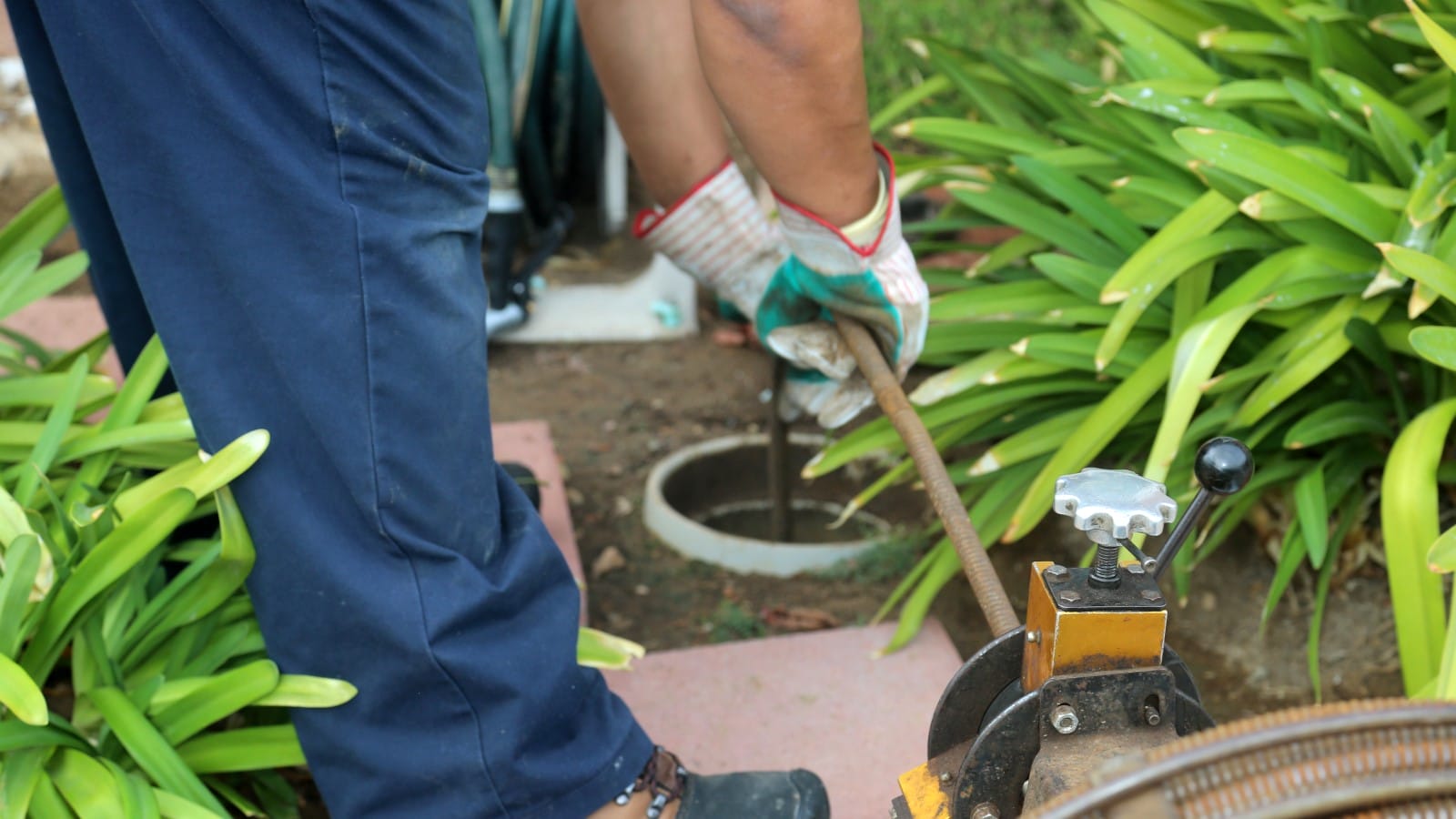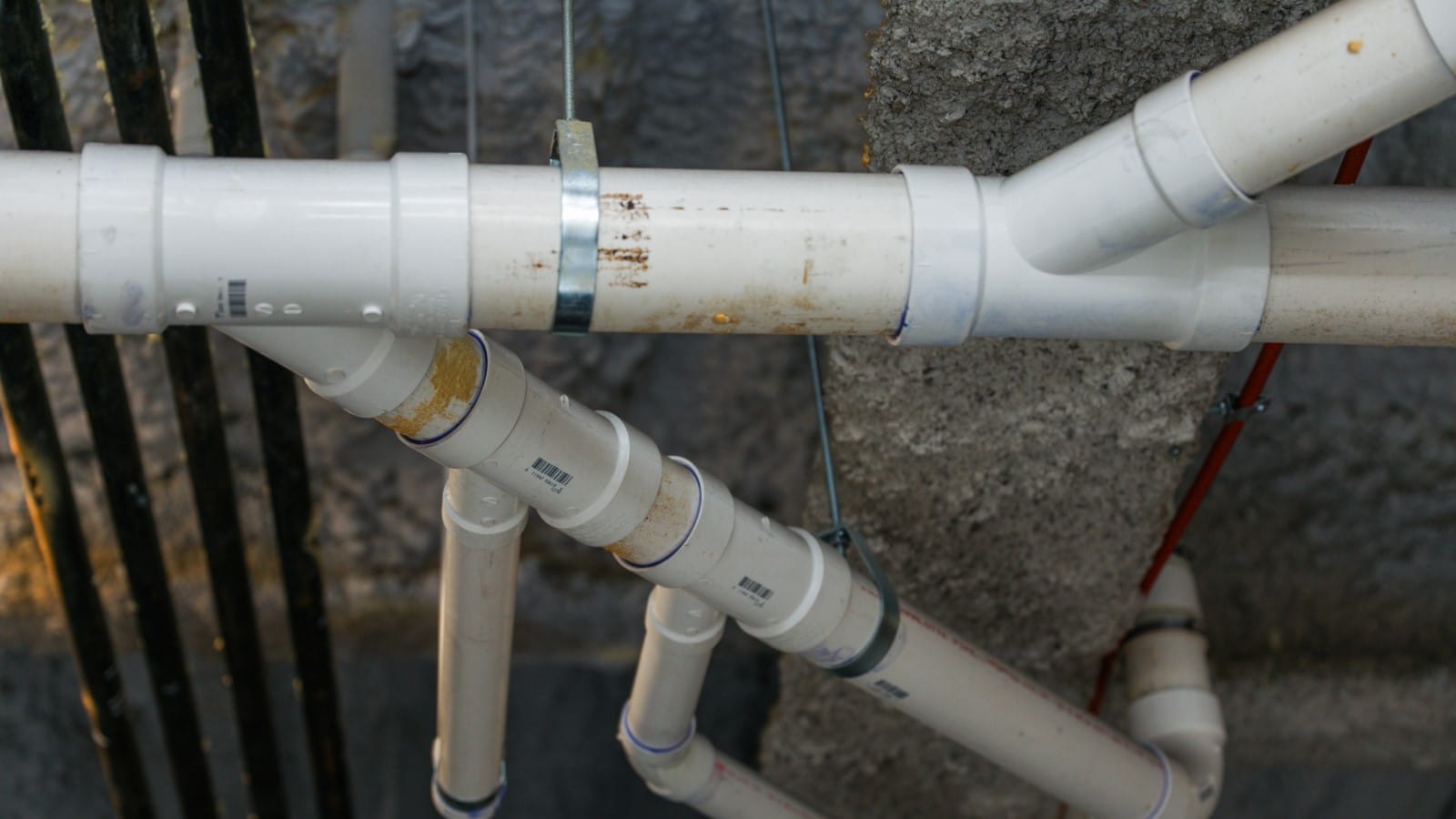Have a sluggish sink or a bathtub overflowing with frustration? Don’t despair! A trusty plumber’s snake, also known as a drain auger, can be your weapon of choice in the battle against pesky clogs. But before you unleash this plumbing hero, understanding how to use a drain snake effectively is key.
This guide will equip you with the knowledge and confidence to tackle those clogged drains like a champion.
Getting to Know The Plumbing Snake
The trusty plumber’s snake, also known as a drain auger, is a must-have tool in any home improvement arsenal. This ingenious plumbing tool resembles a long, flexible metal cable with a corkscrew-shaped auger coiled within a drum. The auger’s purpose? To break up and grab hold of stubborn obstructions (clogs) that have formed inside your drainpipes. The drum, equipped with a crank handle, allows you to feed (push) the snake into the drain line (pipe) and retrieve it once the task is complete.
Imagine a scenario where your toilet bowl is overflowing, or your bathroom sink is refusing to drain that morning’s coffee. The plumber’s snake can be your hero in these situations. By snaking the drain (feeding the snake into the drainpipe), you can break apart the blockage and restore proper water flow. While a plunger is often the first line of defense against minor clogs, the snake is a more powerful tool for tackling tougher stoppages deep within the drain.
Here’s a closer look at the key components of a plumber’s snake:
- Drain Auger: This corkscrew-shaped attachment at the tip of the cable is designed to twist and grip clogs, allowing you to pull them out.
- Metal Cable: The long, flexible cable acts as the snake’s body, snaking its way through the twists and turns of your drainpipes.
- Drum: This container houses the coiled cable and typically has a crank handle for easy feeding and retrieval of the snake.
By understanding the anatomy of your plumber’s snake and its capabilities, you’ll be well-equipped to tackle those pesky drain clogs and keep your home’s plumbing system flowing smoothly.
Did You Know?
The plumbing snake, a hero in the fight against clogged drains, has a surprisingly young history! Before the early 20th century, plumbers relied on much more laborious methods to clear blockages. Then, in 1933, a San Francisco plumber named Samuel Blanc changed the game by inventing the first electric drain snake. This innovation revolutionized drain cleaning, making it faster and more efficient. Over time, the plumbing snake has continued to evolve, with specialized heads designed for various pipe types. Today, it remains an essential tool for keeping our drains flowing smoothly.
Using a Drain Snake Against Clogs
Using a drain snake is a fairly straightforward process, but a little know-how goes a long way. Here’s a step-by-step guide to help you navigate the plumbing world:
- Prep for Battle: Before you unleash the snake, gather your supplies. Rubber gloves are a must to protect your hands, and an old towel can come in handy to catch any drips. You might also need a bucket to collect any dislodged debris.
- Identify Your Target: Kitchen sinks, bathroom sinks, and bathtubs are common battlegrounds for clogged drains. Knowing which drain is causing trouble will help you determine the best approach. For example, some bathtubs have a removable overflow plate that can provide easier access to the clog.
- Attack the Clog: Depending on your drain type, you might need to remove the P-trap, a U-shaped section of pipe located under the sink. This is often where clogs like hair, soap scum, and food scraps love to gather. Consult your sink’s manual or online resources if you’re unsure how to remove the P-trap.
- Feed the Beast: With the access point clear, insert the end of the snake cable (also sometimes called the auger) into the drain opening. Slowly feed the cable by turning the crank handle, making sure the cable goes down the drainpipe (H2) and not up any overflow vents.
- Feel the Resistance: As you push the cable, you might feel some resistance when it encounters the clog. This is your moment to shine! Keep turning the crank to push the auger through the blockage.
- Victory Lap (or Maybe More Battling): Once you feel you’ve broken through the clog, slowly turn the crank in the opposite direction to withdraw the cable. The auger should pull out any debris that was causing the blockage. If you don’t see any debris, or the drain is still slow, you might need to repeat the process.
- Flushing Out the Enemy: Once you’re confident you’ve conquered the clog, run warm water down the drain for a few minutes. This will help flush out any remaining debris and ensure the drain is flowing freely.
Types of Drain Snakes
There are a few different types of drain snakes available, each suited for various plumbing challenges:
- Hand-crank drain snake: A good choice for basic clogs in sinks and bathtubs. These are relatively inexpensive and easy to use.
- Electric drain snake: For tougher clogs or longer drainpipes, an electric drain snake might be your best bet. The motor does the hard work of feeding and retrieving the cable for you.
- Water jet drain snake: This powerhouse uses a high-pressure water jet to blast away stubborn clogs. While highly effective, these snakes are usually best left to professional plumbers.
Maintenance and When to Call for a Plumber
Taking care of your plumber’s snake ensures it’s always ready for the next plumbing war. After each use, clean the cable with hot water and a disinfectant solution. Dry the cable completely before storing it back in the drum.
If you encounter a clog that seems too tough for your snake, or if you suspect a deeper plumbing issue, it’s best to call in a professional plumber. They have the expertise and tools to handle even the most stubborn clogs and ensure your drains are flowing smoothly.
By following these tips and wielding your trusty plumber’s snake, you can keep those pesky clogs at bay and maintain a happy, flowing drainage system in your home.For those times when a clog is too challenging or you’re faced with plumbing problems beyond your expertise, don’t hesitate to get in touch with us.





